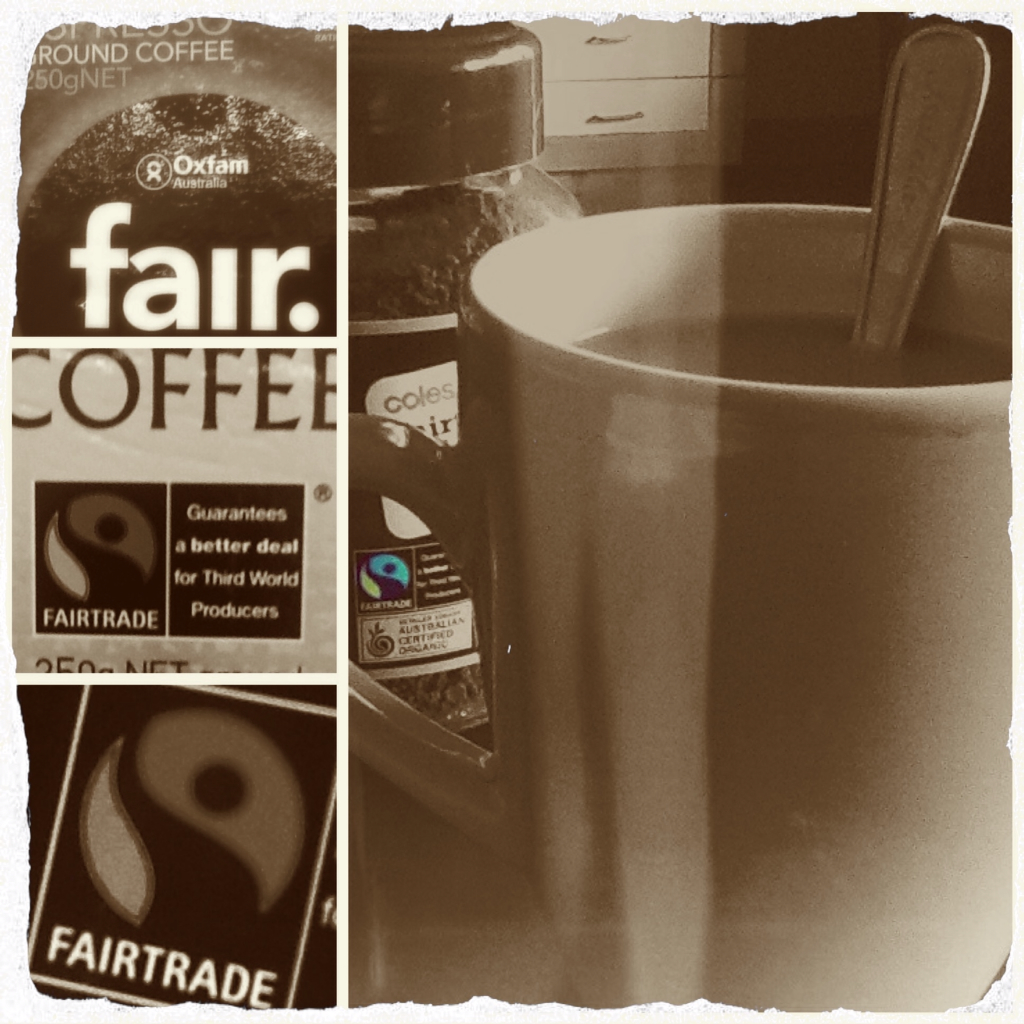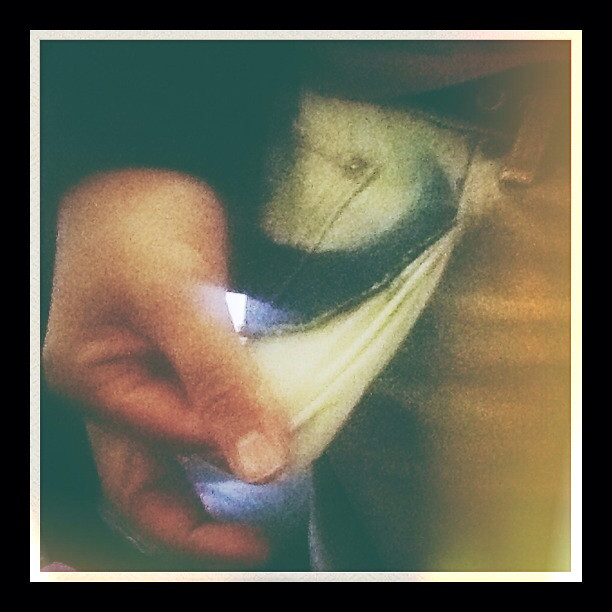This symbol has been used for so many causes, and the cause can change the definition. But, despite the various causes or efforts, it's been used to promote; it has been a universal symbol of victory, peace and love. This is justice; overcoming injustice, having victory over the evil in this world. It's the fight for God's perfect peace and love to reign, as was originally intended. And here's the joy...there will be victory.






